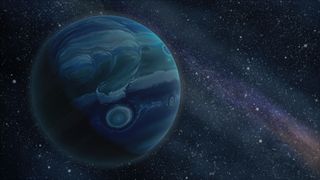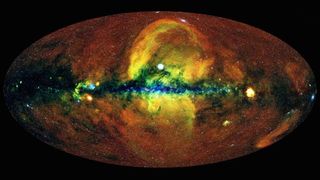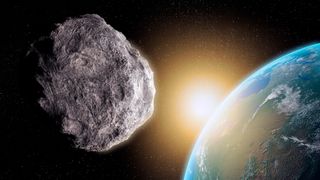Space news, features and articles
Explore Space
Editor's Picks
Latest about Space
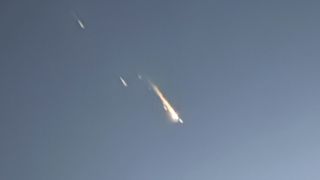
Watch Chinese satellite burn up over US in spectacular 'fireball'
By Patrick Pester published
The GaoJing 1-02 imaging satellite burned up over the U.S. in a mesmerizing 'fireball' that some skywatchers mistook for a meteor shower.
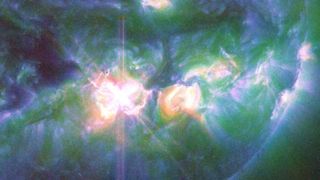
10 supercharged solar storms that blew us away in 2024
By Harry Baker published
The sun's most active phase, solar maximum, officially arrived in 2024, triggering some explosive solar storms and colorful auroras. Here are 10 of our favorite solar outbursts this year.
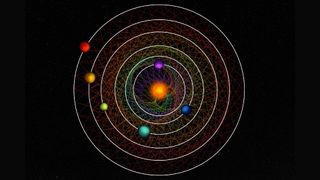
'Mathematically perfect' star system discovered 105 light-years from Earth may still be in its infancy. Could that change its prospects for life?
By Jenna Ahart published
Once thought to be 8 billion years old, the star HD 110067 — famous for its six synchronized exoplanets — may be only 2.5 billion years old, new research suggests.

NASA's Parker Solar Probe will reach its closest-ever point to the sun on Christmas Eve
By Harry Baker published
NASA's record-breaking Parker Solar Probe will smash its own personal bests for proximity to the sun and fastest speed by a human-made object when it whizzes past our star on Christmas Eve (Dec. 24). It is unlikely to get significantly closer to the sun before the end of its mission.

Everything you need to know about digiscoping
By Gemma Lavender published
Use your digital camera to take photos through a spotting scope, and you can capture up-close images of faraway subjects (without having to break the bank).
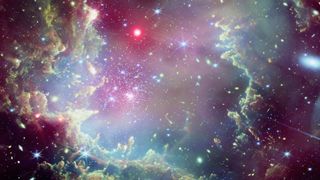
Space photo of the week: James Webb and Chandra spot a cosmic 'Christmas Wreath' sparkling in the galaxy next door
By Jamie Carter published
There's a cosmic 'Christmas Wreath' hanging in the Small Magellanic Cloud, the James Webb and Chandra telescopes revealed in a sparkly new image.
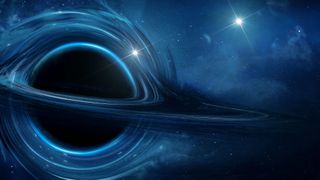
Do black holes really evaporate — and how do we know?
By Alice Sun published
In 1974, Stephen Hawking proposed that black holes could evaporate. But do we understand how this might happen?
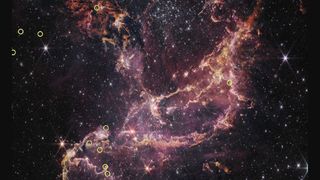
James Webb telescope solves 20-year-old Hubble conundrum — and it could finally explain why the universe's oldest planets exist
By Stephanie Pappas published
The James Webb Space Telescope has confirmed 20-year-old Hubble observations that could finally explain how ancient stars can host massive planets.

Scientists discover 2 stars dancing around the Milky Way's black hole — and they could point to a type of planet never seen before
By Sharmila Kuthunur published
Astronomers have discovered a pair of young stars near the supermassive black hole at the heart of our galaxy. Studying them can offer a rare glimpse into how stars can endure — at least briefly — the immense gravity exerted by such cosmic behemoths.
Sign up for the Live Science daily newsletter now
Get the world’s most fascinating discoveries delivered straight to your inbox.
